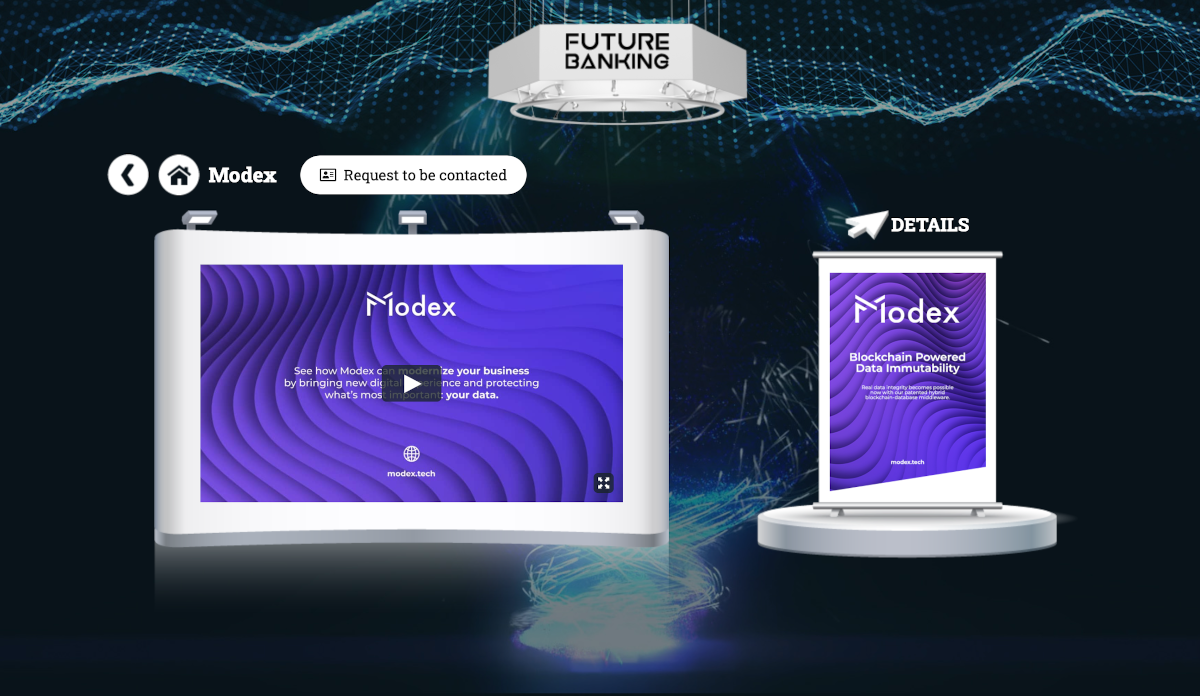Focused 3 2

FDA is developing a series of four methodological patient-focused drug development (PFDD) guidance documents to address, in a stepwise manner, how stakeholders can collect and submit patient experience data and other relevant information from patients and caregivers for medical product development and regulatory decision making. This series of guidance documents is intended to facilitate the advancement and use of systematic approaches to collect and use robust and meaningful patient and caregiver input that can better inform medical product development and regulatory decision making.
These guidances are part of FDA’s PFDD efforts in accordance with the 21st Century Cures Act and The Food and Drug Administration Reauthorization Act of 2017 Title I.
Focus 320 Fireplace Price

Focused synonyms, focused pronunciation, focused translation, English dictionary definition of focused. Focuses or foci 1. The distinctness or clarity of an image rendered by an optical system. The state of maximum distinctness or clarity of.
- PO Box 505 Franklin Lakes, NJ 07417 USA Phone: 203-746-6678 603-748-4779 Email: sales@focuscareer.com.
- Managing your time is an important part of being focused. When you start a new work day and write your to-do list, write how long you think it will take to accomplish each task next to the task, so that you have a sense of what your day will look like. Try to do the most time-consuming things first so you can get them out of the way.
This webpage contains information and documents related to FDA’s development of the methodological PFDD guidances, including public workshops, draft guidances, and hypothetical scenarios, which are all intended to serve as a basis for dialogue. For an outline of FDA’s planned timeframe for development of the guidance, please refer to the Plan for Issuance of Patient-Focused Drug Development Guidance.
Guidance 1 discusses sampling methods that could be used when planning to collect patient input. It also provides a general overview of the relationship between potential research question(s) and method(s) when deciding from whom to get input (including defining the target population and development of the sampling strategy).
- Final Guidance: Patient-Focused Drug Development: Collecting Comprehensive and Representative Input. Guidance for Industry, Food and Drug Administration Staff, and Other Stakeholders.
- Public Workshop: Patient-Focused Drug Development: Guidance 1 – Collecting Comprehensive and Representative Input
- Patient-Focused Drug Development Glossary: Standardized nomenclature and terminologies related to patient-focused medical product development
- Hypothetical Case Examples: Provide practical supplemental information to illustrate important concepts present in FDA’s draft guidance on Patient-Focused Drug Development: Collecting Comprehensive and Representative Input.
- A Patient Experience Survey with a Lower-than-Expected Response Rate (PDF-188KB)
- Qualitative Research Using a Single Focus Group (PDF-115KB)
Guidance 2 will discuss methods for eliciting information from individuals identified in Guidance 1, gathering information about what aspects of symptoms, impacts of their disease, and other issues are important to patients. It will discuss best practices in how to do qualitative research including conducting interviews, development of interview guides, selection of types of survey questions, and considerations for collecting demographics and survey information. It will also discuss survey methods and qualitative research topics to help avoid misleading results such as inadvertently priming patients in ways that can lead to results that poorly represent what is important to patients.
- Public Workshop:Patient-Focused Drug Development Guidance: Methods to Identify What is Important to Patients and Select, Develop or Modify Fit-for-Purpose Clinical Outcome Assessments
- Note: This public workshop will discuss both Guidance 2 and Guidance 3 topics
- Draft Guidance:Patient-Focused Drug Development: Methods to Identify What Is Important to Patients Guidance for Industry, Food and Drug Administration Staff, and Other Stakeholders
Guidance 3 will address refining the list of important impacts and concepts from patients to develop potential study instruments. Given that not everything identified as important by patients, caregivers, and clinicians can demonstrate change in a specific treatment trial or is measurable, how will you select what to measure in a medical product development program to show clinical benefit? How will you identify or develop fit-for-purpose COAs to assess outcomes of importance to patients?

- Public Workshop:Patient-Focused Drug Development Guidance: Methods to Identify What is Important to Patients and Select, Develop or Modify Fit-for-Purpose Clinical Outcome Assessments
- Note:This public workshop will discuss both Guidance 2 and Guidance 3 topics
Guidance 4 will address methodologies, standards, and technologies that may be used for the collection, capture, storage, and analysis of clinical outcome assessment (COA) data. The guidance will also address methods to better incorporate COAs into endpoints that are considered significantly robust for regulatory decision-making. This includes methods to define meaningful change in a COA-based endpoint and interpretation of results. Sketch 51 1. The guidance will include information on the format and content required for regulatory submissions incorporating patient experience, in particular COA data.
- Public Workshop: Patient-Focused Drug Development: Guidance 4 – Incorporating Clinical Outcome Assessments into Endpoints for Regulatory Decision Making
Jixipix hallows eve 1 133. Gif maker. To contact FDA’s CDER Patient-Focused Drug Development Program Staff, please email patientfocused@fda.hhs.gov.
To get updates about CDER's Patient-Focused Drug Development programs, subscribe to our free email subscription service using the button at the top of the page.
Focus 320
Back to CDER Patient-Focused Drug Development Homepage Shortcut bar 1 8 15 percent. Apple music studio app.

Focused 3 2
UNDER MAINTENANCE